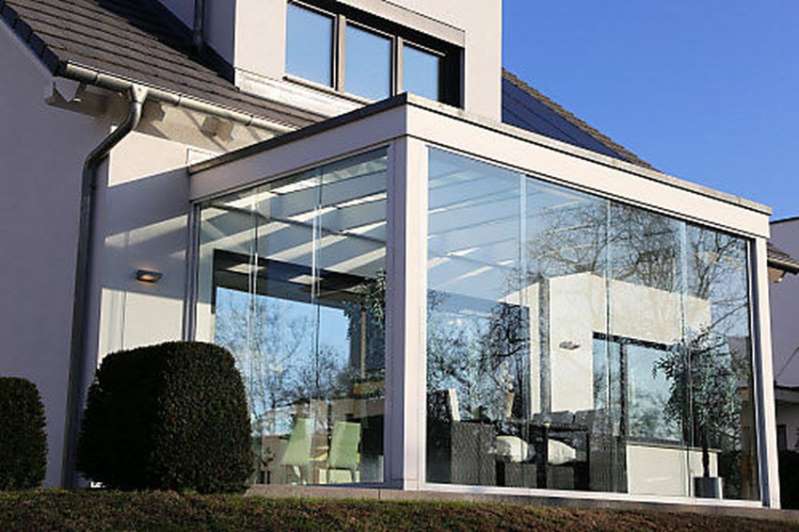
The demand for apartments in Austria continues unabated. It is the strongest driver of the steadily rising prices on the real estate market. In the fourth quarter alone, they increased by ten percent in all segments compared to the previous year. Overall, real estate in Austria rose by seven percent in 2020, according to the latest figures from the Oesterreichische Nationalbank (OeNB). In 2019 it was 3.9 percent. The growing concern that the Austrian real estate market will overheat is becoming more and more justified.
The pandemic has fueled the already high demand for residential property. The numerous curfews meant that many people had to deal with their current living situation. Quite a few have come to the conclusion that a house in the countryside or a garden make it more bearable to be locked in at home and / or to have to work in the home office.
So quite a lot of people in Austria were looking for single-family houses at the same time – especially the Viennese.
This led to a price increase of 17.2 percent in this segment in Vienna in the fourth quarter of 2020 – and thus once again exceeded the already extremely strong previous quarter, in which an increase of 13.8 percent was recorded.
The OeNB study authors put this drastic increase into perspective by pointing out that single-family houses in Vienna are a small segment and that this would often lead to price fluctuations.
But the difference to the rest of Germany is not that big: The prices for single-family houses rose by 11.4 percent in the fourth quarter, even without Vienna, and by 12.1 percent in the third. The demand for used condominiums remained at a high level across Austria in the fourth quarter at just under eight percent. In Vienna this value was 9.5 percent.
It is true that the OeNB survey states that the quarterly price increase slowed towards the end of the year, but warnings of increasing overheating of the residential property market are still being made.
Conditions remain favorable
The so-called fundamental price indicator, which measures the deviation of market prices from fundamentally justified prices – a kind of early warning system for market distortions – recorded an increase compared to the previous quarter by 2.7 percentage points to 18.6 percent. In Vienna this figure is 24.1 percent. Many view these developments with great concern. They fear that there could be a real estate bubble in this segment.
Closely related to such worries is residential real estate lending. According to the OeNB, credit growth has slowed somewhat here, but in December 2020 it was still at a comparatively high 5.4 percent.
The conditions for housing loans remain favorable thanks to the ECB's low interest rate policy. The interest rate for private households averaged 1.27 percent at the end of 2020. The effective annual interest rate, which includes all costs incurred for a loan, was 1.64 percent, 16 basis points below the same month last year.
Many banks, however, tightened their credit guidelines in the course of the second half of 2020 – also in order to keep the damage from the looming loan defaults as low as possible.

